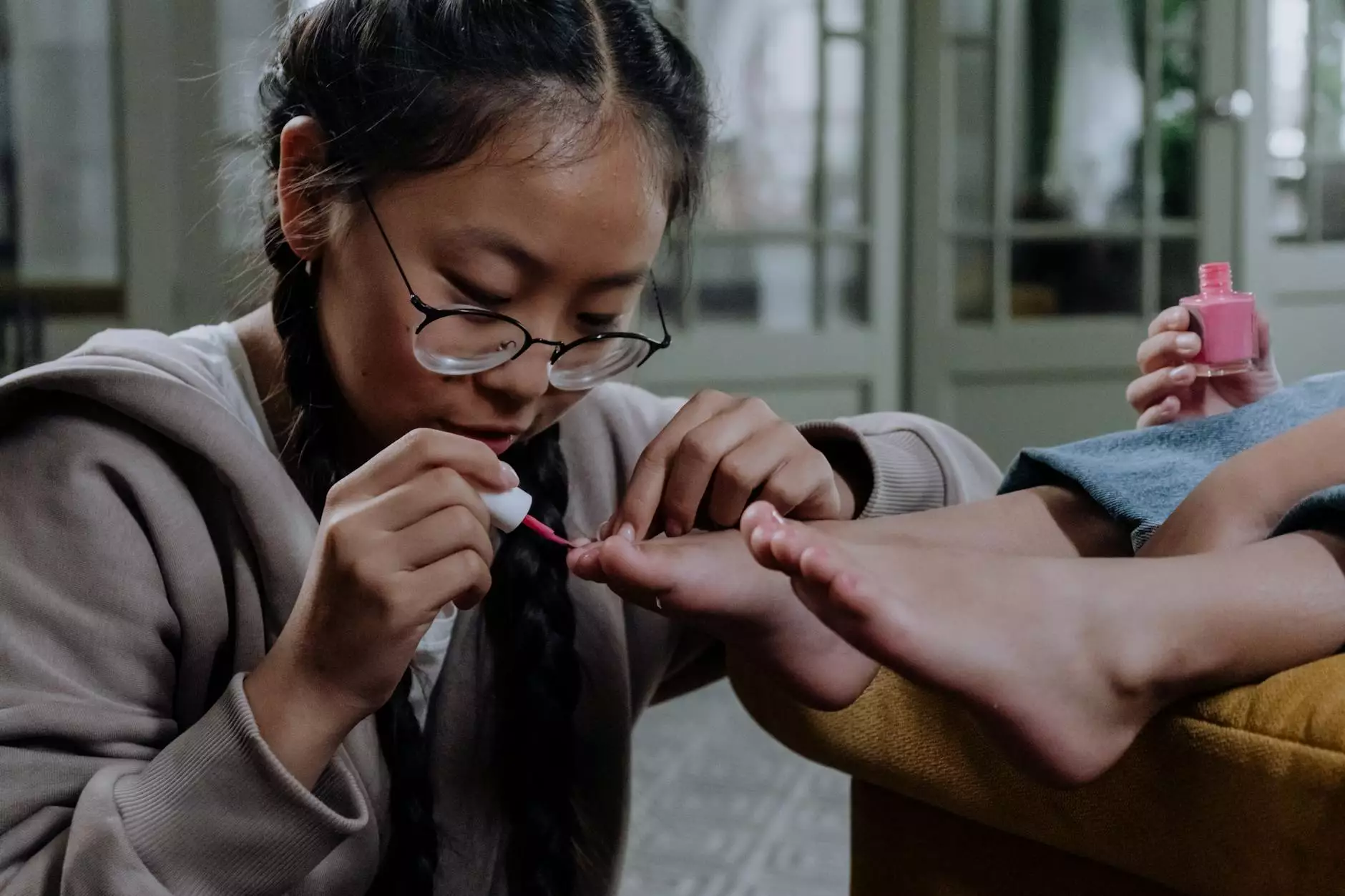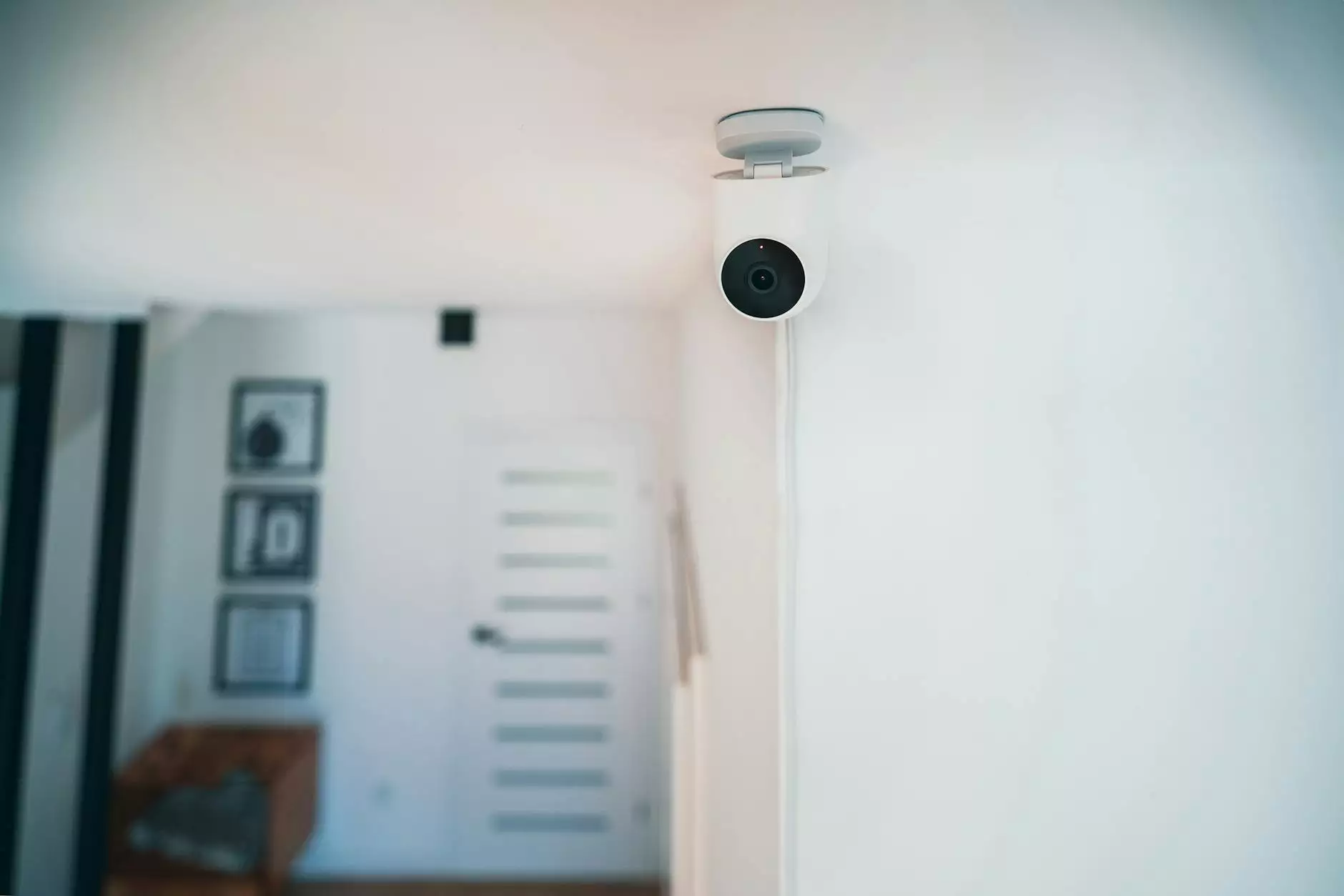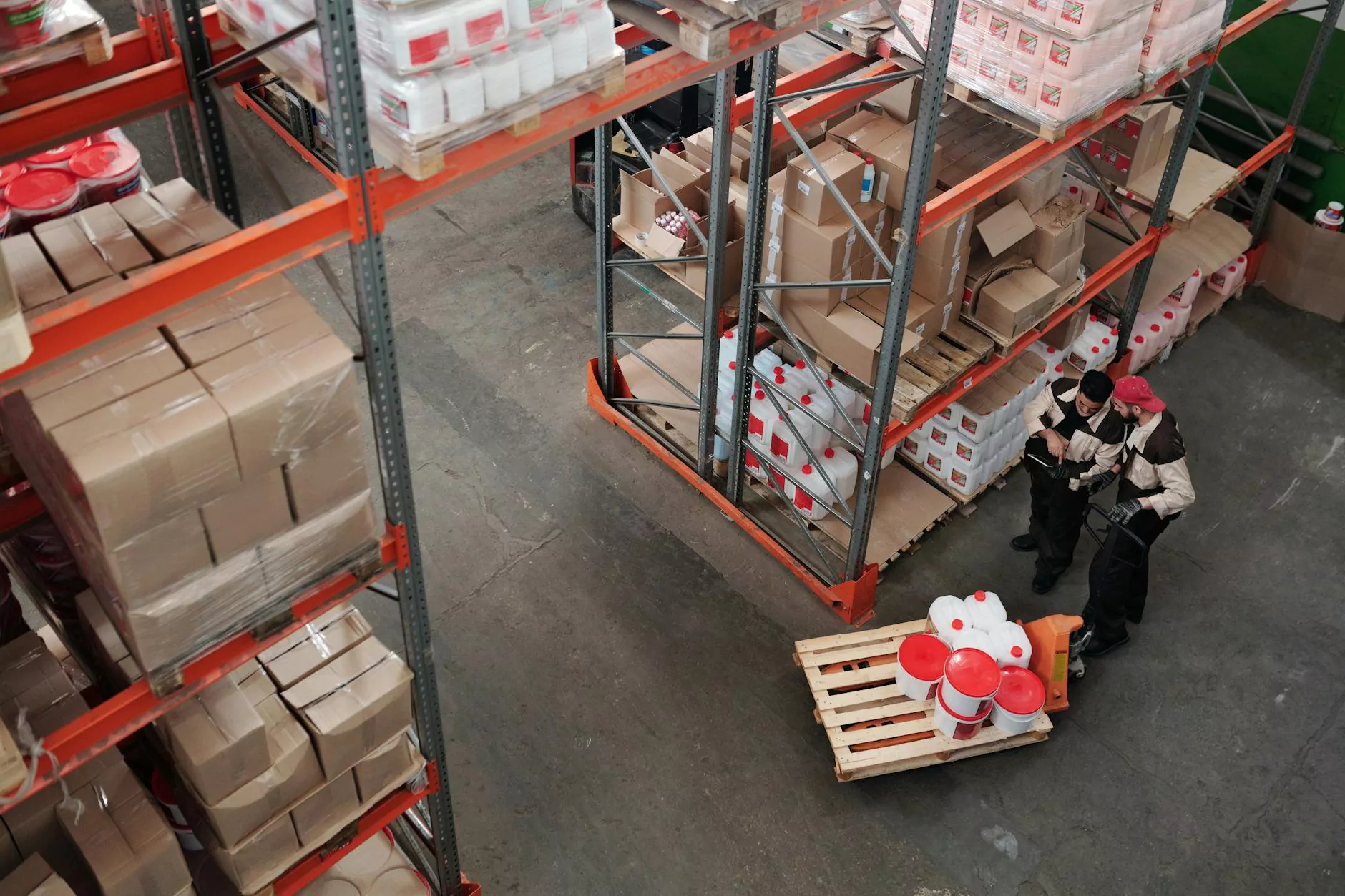Understanding Running and Ingrown Toenails: A Comprehensive Guide

The relationship between running and ingrown toenails is often overlooked by both novice and experienced runners. While running is a fantastic way to maintain physical fitness, it can also lead to a variety of foot-related issues, including ingrown toenails. In this comprehensive guide, we will delve into the causes, symptoms, prevention, and treatment of this common ailment, ensuring that runners can prioritize foot health while pursuing their passion.
The Anatomy of a Toenail
To truly understand running and ingrown toenails, it's essential first to comprehend the anatomy of the toenail. Each toenail consists of several parts:
- Nail Plate: The hard part of the nail that is visible.
- Nail Bed: The skin beneath the nail that supports it.
- Cuticle: The layer of clear skin at the base of the nail that protects the nail matrix.
- Nail Matrix: The tissue beneath the cuticle that produces the nail.
Ingrown toenails occur when the edge of the toenail grows into the skin, often causing pain and inflammation.
Common Causes of Ingrown Toenails in Runners
Several factors contribute to the development of ingrown toenails, particularly for runners:
- Improper Footwear: Shoes that are too tight or do not provide adequate toe space can lead to toenails growing into the skin.
- Improper Nail Trimming: Cutting nails too short or rounding the edges can encourage ingrowth.
- Trauma: Frequent impact from running can damage the nail or nail bed, increasing the risk of ingrown toenails.
- Excess Moisture: Sweat and moisture can soften the skin around the toenails, making them more prone to ingrowth.
- Genetic Predisposition: Some individuals may be more susceptible to ingrown toenails due to inherited nail growth patterns.
Symptoms of Ingrown Toenails
Runners should be aware of the signs and symptoms of ingrown toenails to catch the condition early:
- Pain at the edge of the toenail
- Redness and swelling around the affected area
- Infection, which may cause pus drainage
- Difficulty in wearing shoes or walking comfortably
Preventing Ingrown Toenails: Key Strategies for Runners
Fortunately, there are several effective strategies runners can adopt to prevent ingrown toenails:
1. Choose the Right Footwear
Ensure that your running shoes have enough room for your toes. A shoe that is too tight can exacerbate nail issues. Look for shoes that provide a thumb's width of space between your longest toe and the end of the shoe.
2. Proper Nail Care
Trim your toenails straight across without rounding the edges. This method can help prevent the edge of the nail from penetrating the skin.
3. Maintain Foot Hygiene
Keep your feet clean and dry. Moisture control is vital in preventing nail problems.
4. Use Moisture-Wicking Socks
Wear breathable, moisture-wicking socks to keep your feet dry and reduce the risk of fungal infections.
5. Gradually Increase Running Intensity
When increasing your running mileage or intensity, do so gradually to minimize trauma to the toenails.
Treatment Options for Ingrown Toenails
If you find yourself suffering from an ingrown toenail, there are several options available:
1. Home Remedies
For mild cases, home treatment can be effective:
- Soak the foot in warm, soapy water to reduce swelling and relieve pain.
- Apply an antiseptic ointment to prevent infection and keep the area clean.
- Wear open-toed footwear to avoid pressure on the affected toe.
2. Over-the-Counter Pain Relief
NSAIDs such as ibuprofen can help alleviate pain and reduce swelling associated with ingrown toenails.
3. Seek Professional Help
If home treatments do not alleviate the issue, or if there are signs of infection, consulting a podiatrist is crucial. They may suggest:
- Partial Nail Removal: In cases where the ingrown toenail is persistent, a podiatrist may remove part of the nail.
- Wedge Resection: This procedure removes the ingrown portion of the nail and prevents future ingrowth.
- Antibiotics: If an infection is present, antibiotics may be necessary to treat it effectively.
Conclusion: The Importance of Foot Care for Runners
Understanding the connection between running and ingrown toenails is essential for every runner committed to maintaining their foot health. By recognizing the causes, symptoms, and preventive measures, runners can take proactive steps to avoid this painful condition and ensure they can continue their passion for running.
Regular foot care, choosing appropriate footwear, and being vigilant about nail care will help create a solid foundation for a healthy, active lifestyle. Whether you are a seasoned marathoner or a weekend jogger, prioritizing foot health is critical to avoiding complications like ingrown toenails and maintaining peak performance.
For further information, or if you are experiencing issues with your feet, consider reaching out to professionals like those at The Foot Practice who specialize in foot care, podiatry, and overall health and medical advice.









